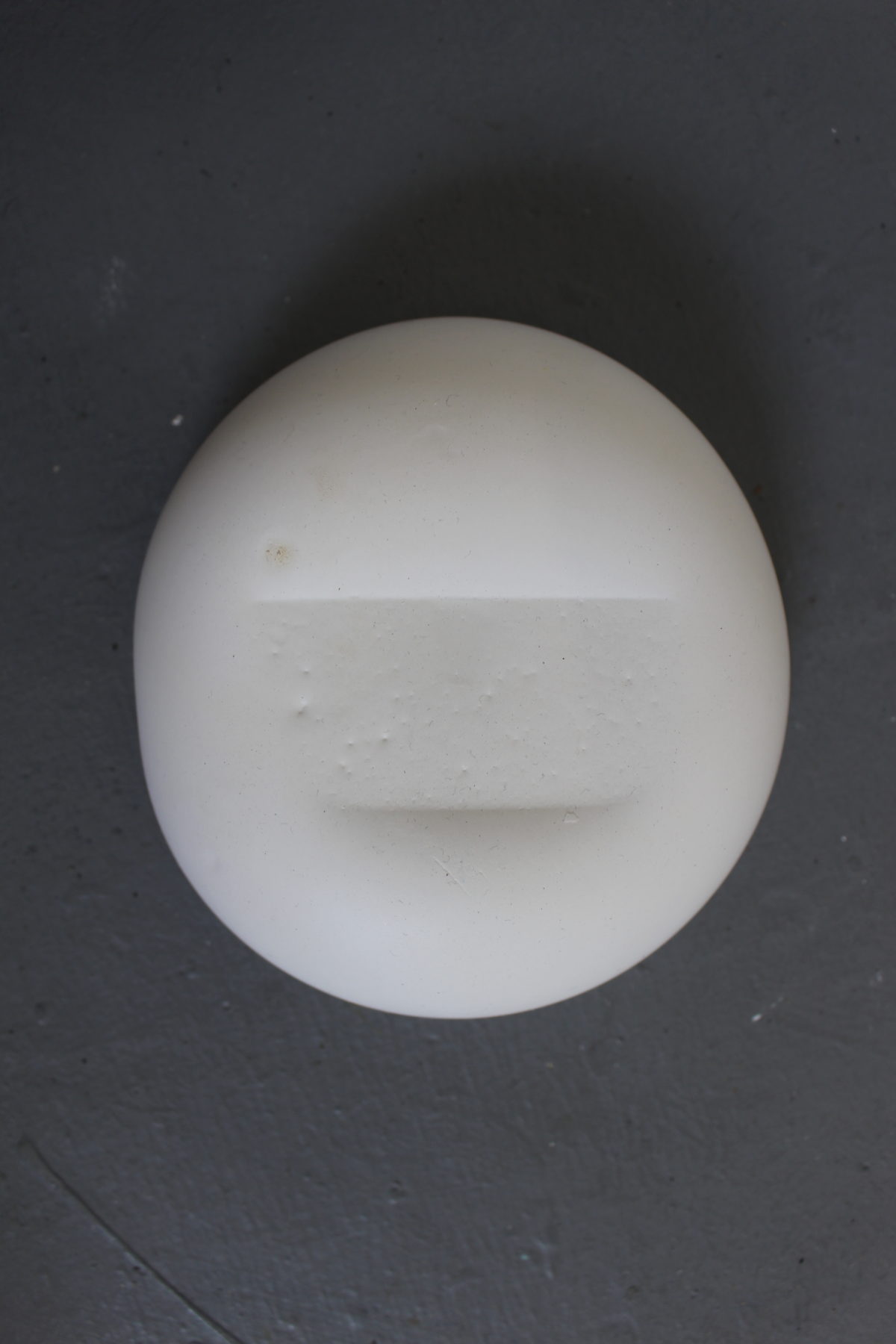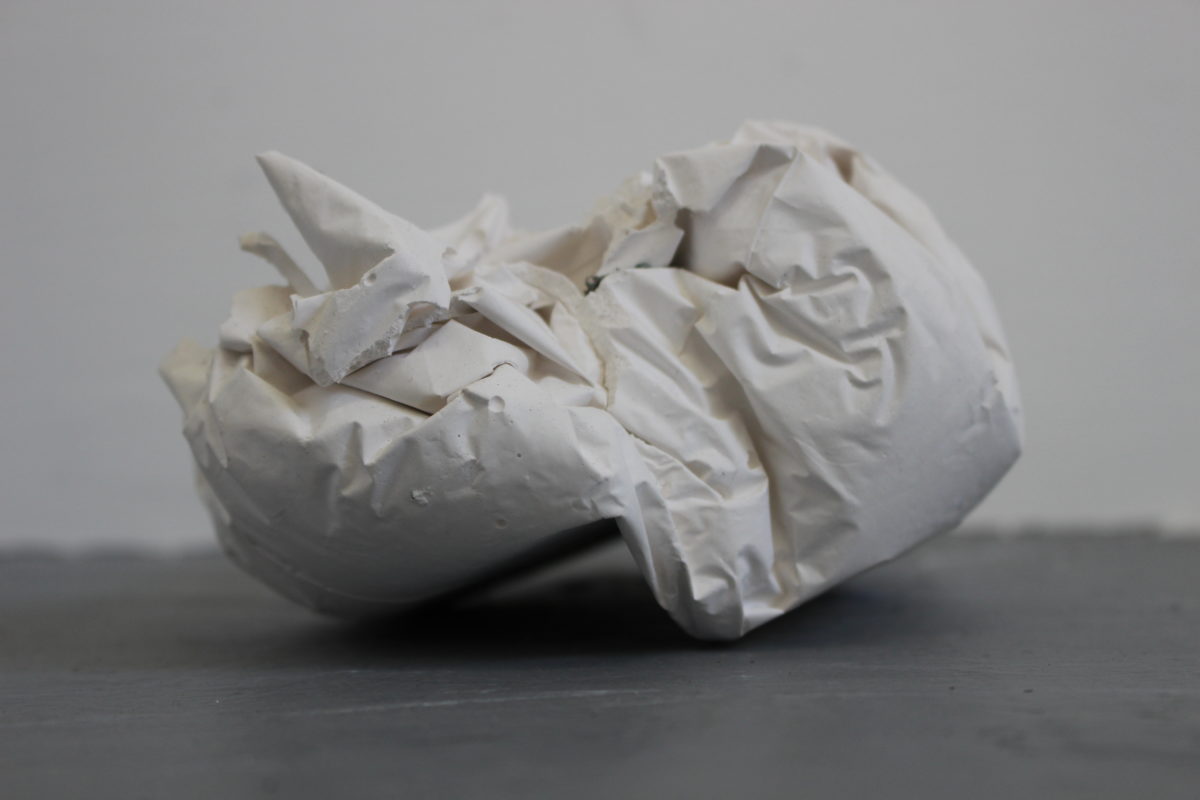Author: Charlotte Abraham
-

Pressed
Date: February 2020Size: Varying, <20 cmMaterial: Plaster Calming and curved, pumped up to reflect spaces of the every day within the environment. Larger, more potent in the space, providing gravity and tension to lighter areas.
-

Percolate
Size: NADate: December 2019Medium: Bamboo, plaster, jesmonite, twine, electrical tape, nails Balancing, Holding, Relating. A focus on materiality and construction with the every day. Gravity, tension and a harmony amongst opposition is taken into account through the interaction with the environment. Percolate is there to make you think differently about the building; perhaps in the…
-

Algamated
Date: December 2019Size: NAMaterial: Bamboo, electrical tape, twine Two bamboo sticks create disparity in the straightness of edges, combining themselves with cloaked tape and wrapped twine. Curving around a doorway, creating tension and balance, caressing contrasting bulbous forms.
-

Harder
Date: November 2019Size: VaryingMaterial: Jesmonite Harder than plaster with added texture forms and colour to create what is not really there. Producing a state that lies somewhere between fluidity and stasis.
-

Pumped Up
Date: November 2019Size: VaryingMaterial: Plaster Removing characterisation using balloons in the creation process of casting every-day elements of the environment. Simplicity and balance entrances attention.
-

Imprint
Date: October 2019Size: VaryingMaterial: Plaster Everyday lost details and elements taken for granted, cast in between the lines of beauty and dys/function. Continually invisible in plaster. Increased character of material, detracting meaning and adding crevices.
